

|
|
Montessori Primary Program | |
|
By the time most children reach the age of 3 children are now ready to explore the big world.
They show signs of wanting to be independent, wanting to learn about real things, wanting to learn how to successfully
manipulate their environment.
The goal of Primary Montessori Program is to promote child development by focussing on Practical Life, Language, Sensorial Activities, Cultural Studies and Mathematics. Practical Life
Language This area includes oral language development, written expression, grammar and reading.
Students are introduced to the language area with the letters of the alphabet made from sandpaper. They learn the phoenetic
sounds by touching the letters and repeating the sound of each one, and then learn the alphabetical names in sequence.
Through exercises, games and activities, students progress to learning to read three letter phonetic words, then four or
more letter phonetic words and later non- phonetic words. Dr. Montessori considered reading one of the most important keys
to future learning. Subsequent research indicates that phonetics is the best way to teach reading, and that it is best
taught before Grade 2. While many students leave the public school system without having learned to read well,
many graduates of a Montessori preschool enter public school Kindergarten reading at an advanced level.
Sensorial Children entering the program already have sensorial experiences from the environment. Sensorial exercises help
them to organize their chaotic impressions by devel oping an awareness, understanding and refinement of their five senses.
The material is designed to give knowledge systematically along with the vocabulary to go with each sensation. When they
apply their intelligence to the impressions given by their senses, the students learn to observe, co-ordinate, control,
distinguish, categorize, and relate new information to what they already know. These materials create a foundation which
makes all future learning easier.
Cultural Studies Mathematics | 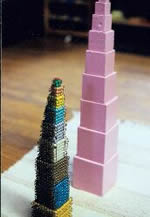 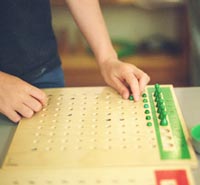 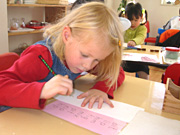 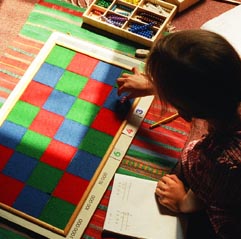  |
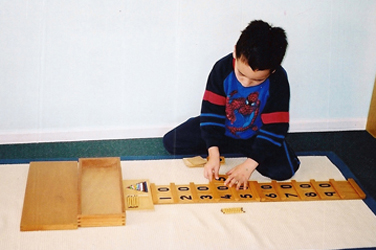  |
 |